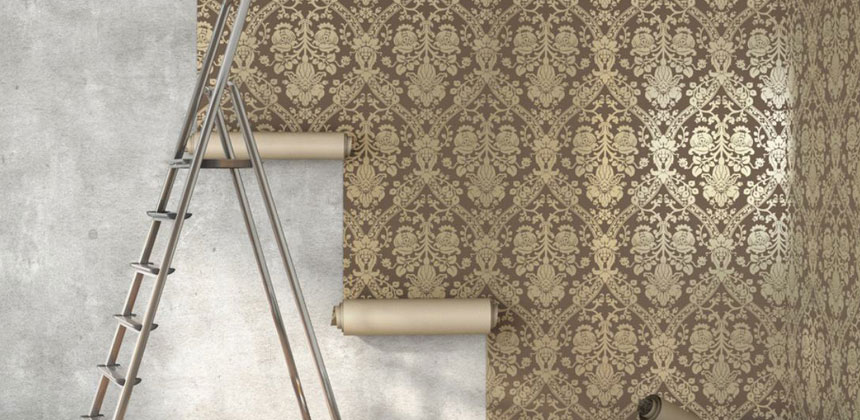Installing wallpaper yourself can be a rewarding DIY project that adds instant style and personality to your space. Follow these tips and tricks for a successful wallpaper installation:
Gather Your Materials: Before you begin, make sure you have all the necessary materials and tools on hand, including wallpaper, adhesive, a smoothing tool, a sharp utility knife, and a tape measure.
Prepare Your Walls
Proper wall preparation is essential for a successful wallpaper installation. Clean the walls thoroughly to remove dirt, dust, and grease, and fill in any cracks or holes with spackling compound. Sand the walls smooth and apply a coat of primer to create a smooth and even surface for wallpaper application.
Measure Twice, Cut Once
Measure your walls carefully and accurately before cutting your wallpaper to ensure a perfect fit. Use a tape measure and a sharp utility knife to cut the wallpaper to size, and be sure to account for any pattern matching or design repeats.
Apply Adhesive Evenly
Use a paint roller or a paintbrush to apply adhesive evenly to the back of the wallpaper. Be sure to follow the manufacturer’s instructions for mixing and applying the adhesive, and avoid applying too much adhesive, as this can cause the wallpaper to bubble or wrinkle.
Smooth Out Air Bubbles
Once the wallpaper is applied to the wall, use a smoothing tool or a clean, dry cloth to smooth out any air bubbles or wrinkles. Work from the center of the wallpaper outwards, and be sure to press firmly to ensure the wallpaper adheres securely to the wall.
Trim Excess Wallpaper
Use a sharp utility knife to trim any excess wallpaper from the edges of the walls and around doors, windows, and other obstacles. Be sure to cut carefully and accurately to create clean, straight lines and a professional-looking finish.
Clean Up Any Excess Adhesive
Finally, use a damp sponge or cloth to wipe away any excess adhesive from the surface of the wallpaper and the edges of the walls. This will help prevent the adhesive from drying and leaving behind a sticky residue.

